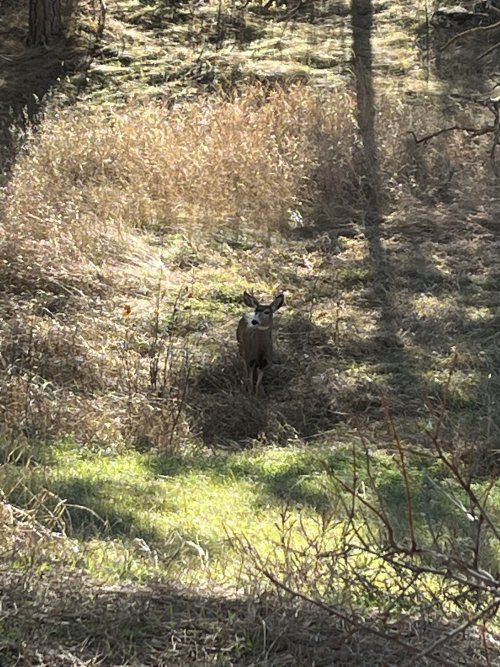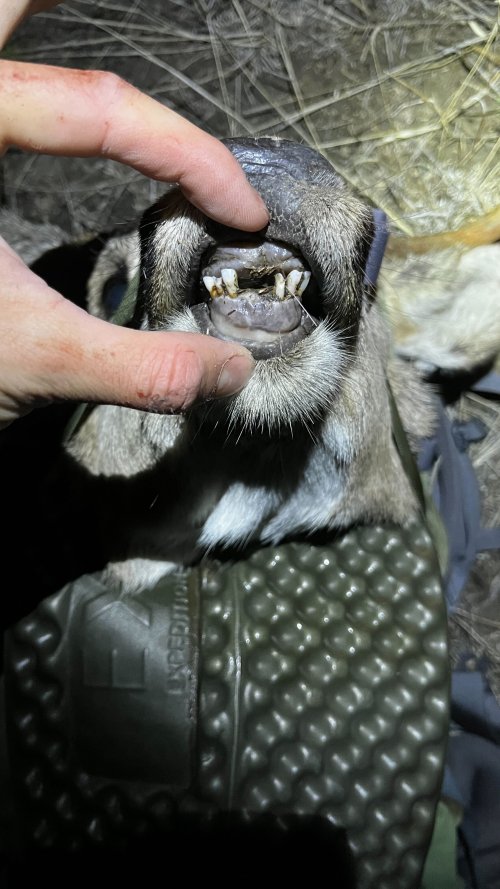corndog1
Well-known member
Out in the 700s last weekend waterfowl hunting and saw a few trucks with some two points in them. Overheard one group from Washington discussing where they were gonna go to fill the doe tags. Two points and does? come on. Should be two points and hoes





